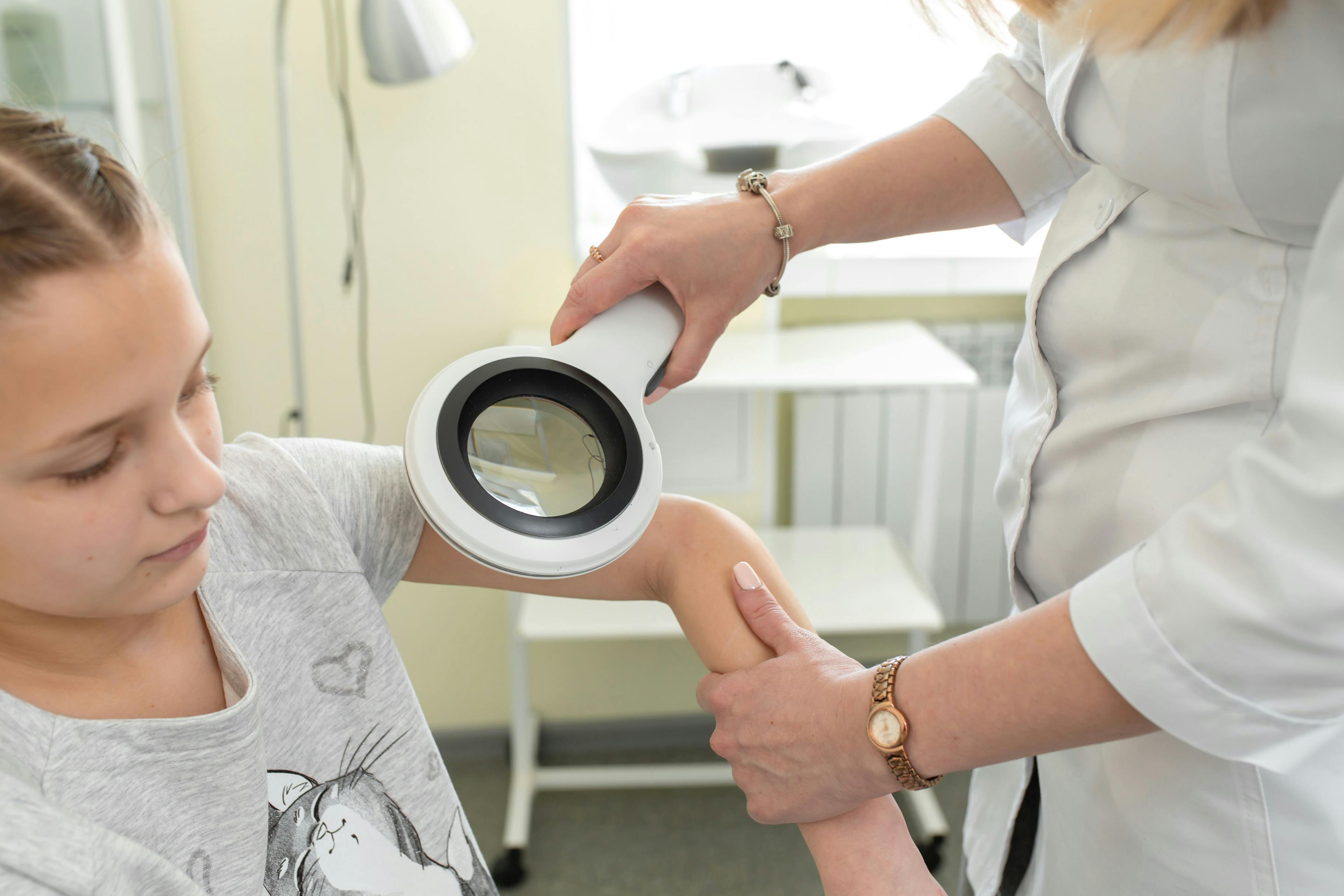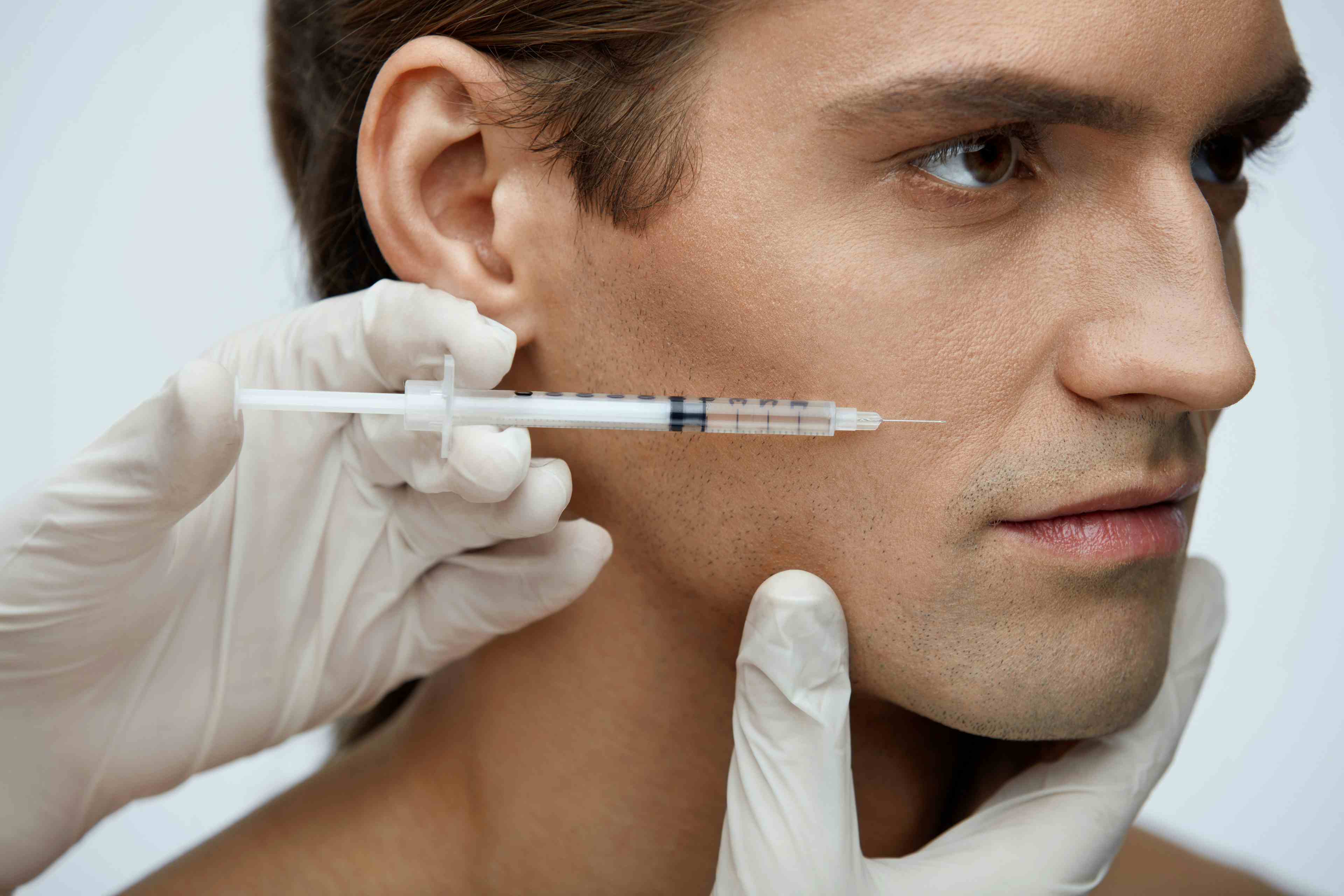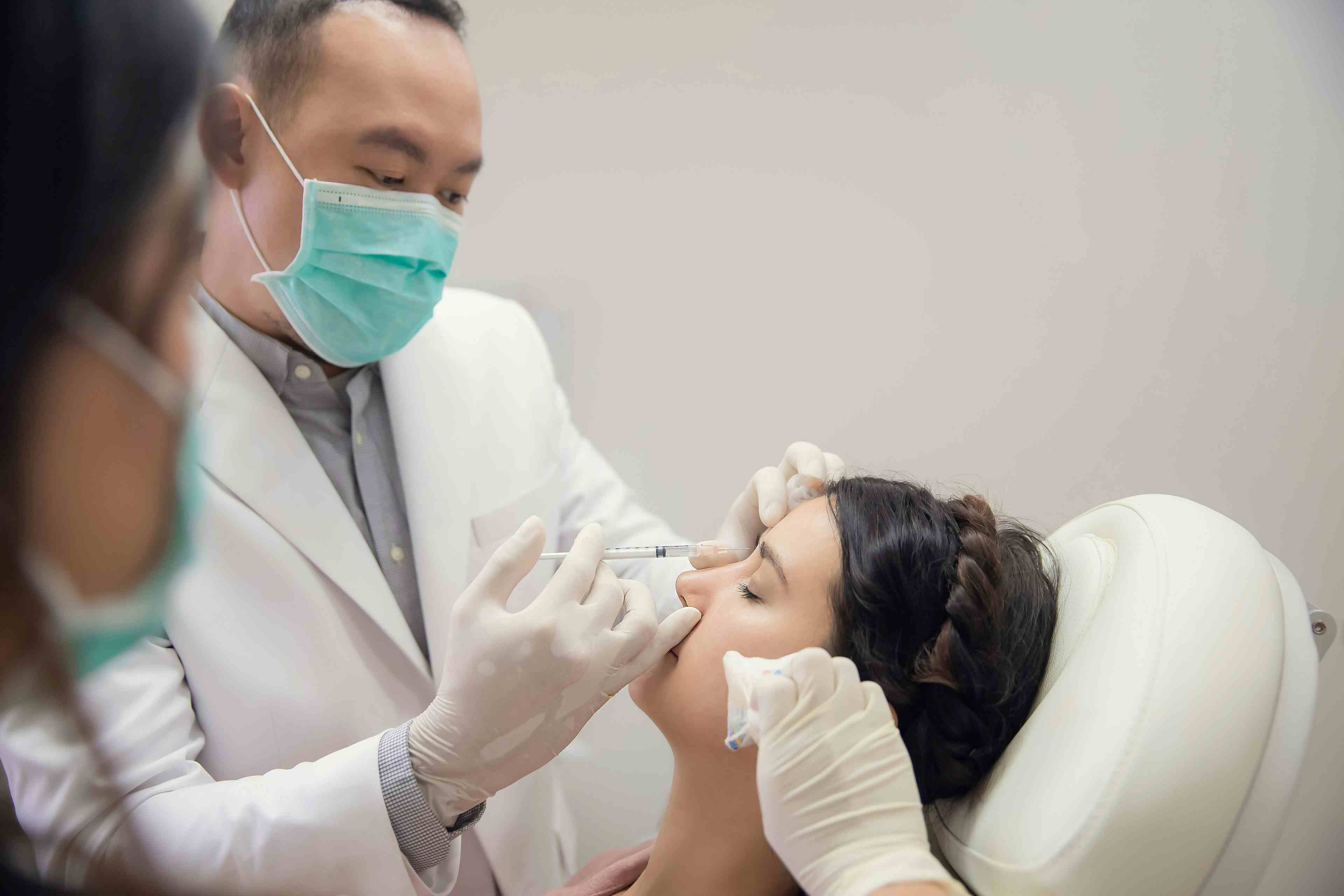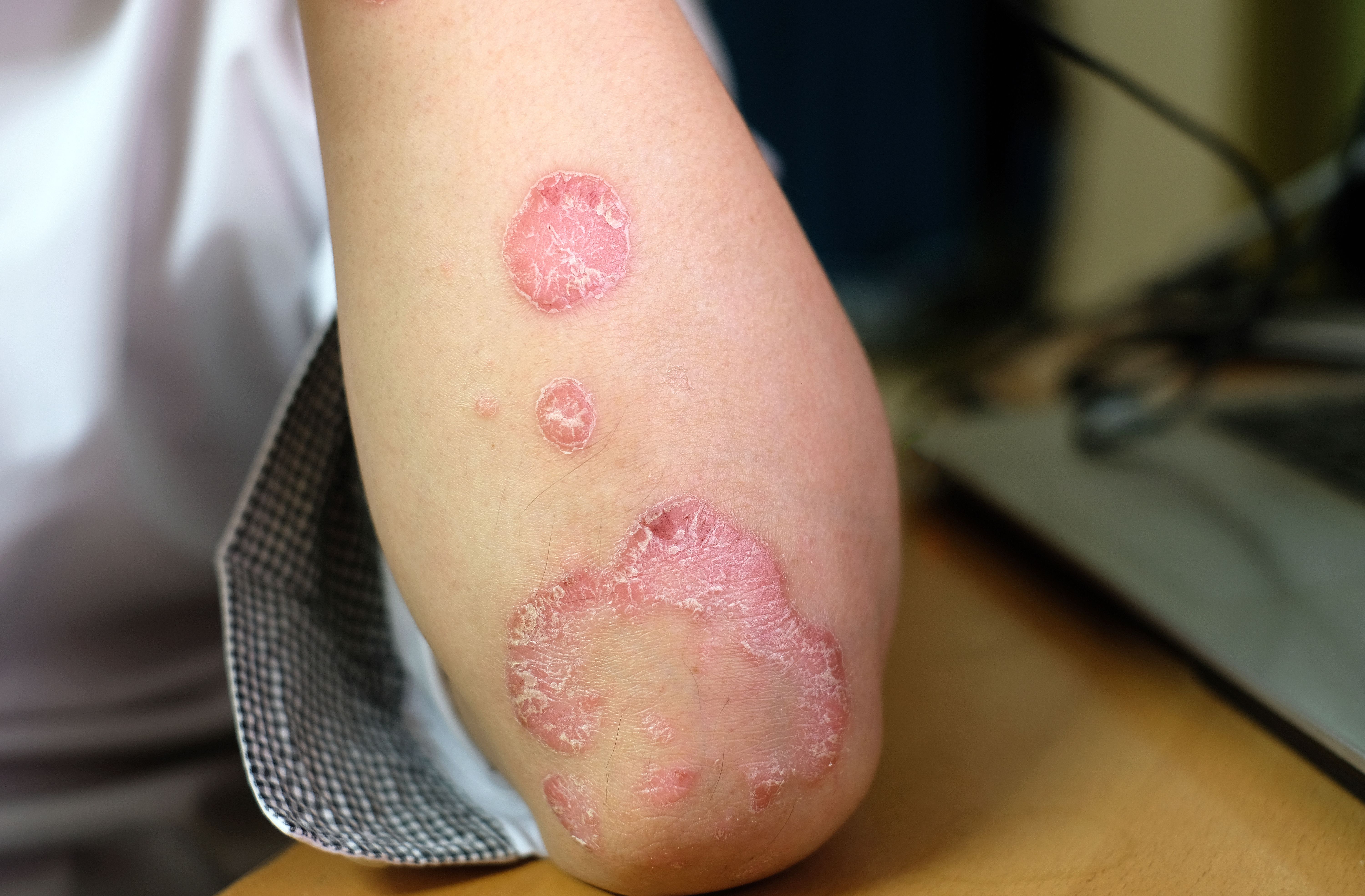- Acne
- Actinic Keratosis
- Aesthetics
- Alopecia
- Atopic Dermatitis
- Buy-and-Bill
- COVID-19
- Case-Based Roundtable
- Chronic Hand Eczema
- Chronic Spontaneous Urticaria
- Drug Watch
- Eczema
- General Dermatology
- Hidradenitis Suppurativa
- Melasma
- NP and PA
- Pediatric Dermatology
- Pigmentary Disorders
- Practice Management
- Precision Medicine and Biologics
- Prurigo Nodularis
- Psoriasis
- Psoriatic Arthritis
- Rare Disease
- Rosacea
- Skin Cancer
- Vitiligo
- Wound Care
Publication
Article
Dermatology Times
Microencapsulated Benzoyl Peroxide Reduces Rosacea Lesions
Author(s):
The recent formulation of benzoyl peroxide in a microencapsulated form improves tolerability while reducing lesions in individuals with rosacea.
A poster presented at the Maui Derm NP+PA Summer 2023 Conference in Colorado Springs, Colorado, June 21-24, revealed that benzoyl peroxide (BPO), when formulated in microencapsulated cream (E-BPO Cream 5%), can be an effective treatment for rosacea while limiting some of the adverse effects. “Evolution of Benzoyl Peroxide: Microencapsulated 5% Cream to Improve Tolerability in Papulopustular Rosacea” highlighted investigator’s findings.1
Because of BPOs potential to cause cutaneous irritation, contact dermatitis and rarely allergic contact dermatitis, it has not commonly been a first-line treatment for rosacea. The recent development of E-BPO Cream 5% with the drug trapped in silicone microcapsules extends drug delivery time and potently reduces the potential for irritation.
To create the cream, a gel is formed by network growth from an array of colloidal particles dispersed in a liquid under increasing viscosity. Silica shells control the speed at which BPO is released on to the skin. The effect of this is to reduce irritation while maintaining the therapeutic effects.
Two 12-week phase 3 clinical studies of individuals with papulopustular rosacea (n=733) were conducted to evaluate the safety and efficacy of once daily E-BPO Cream 5%.
Positive results from the E-BPO Cream 5% were seen in week 2 and were significantly superior to vehicle. On the Investigators Global Assessment (IGA), the proportion of individuals rated clear or almost clear was 43.5% with E-BPO cream compared with 16.1% with the vehicle group in study 1, and 50.1% rated clear or almost clear with E-BPO cream compared with 25.9% of the vehicle group in study 2.
Absolute lesion counts decreased –17.4 with E-BPO cream compared with –9.5 with vehicle in study 1, and decreased –20.3 with E-BPO cream compared with –13.3 with vehicle. E-BPO cream was well tolerated by participants.
A 40-week extension phase 3 clinical study was conducted to assess the long-term safety and tolerability of E-BPO cream 5% (n=547). E-BPO cream 5% remained well tolerated through the 52 weeks.
Microencapsulated BPO reduced inflammatory lesions in individuals with rosacea while maintaining good tolerability and a favorable safety profile.
Reference
- Baldwin H, Elewski B, Levy-Hacham O, et al. Evolution of Benzoyl Peroxide: Microencapsulated 5% Cream to Improve Tolerability in Papulopustular Rosacea. Poster presented at: Maui Derm NP+PA Summer 2023 Conference; June 21-24, 2023; Colorado Springs, Colorado.

Newsletter
Like what you’re reading? Subscribe to Dermatology Times for weekly updates on therapies, innovations, and real-world practice tips.
































